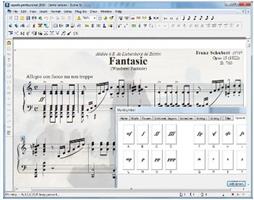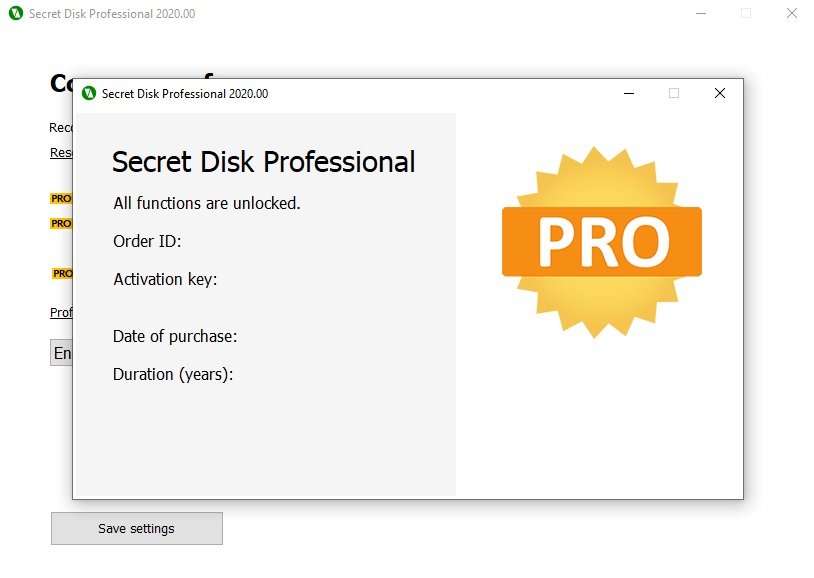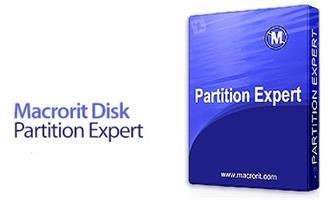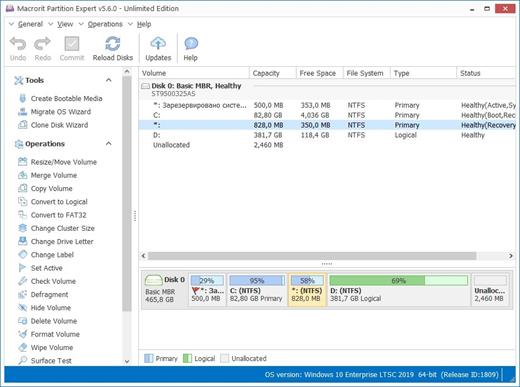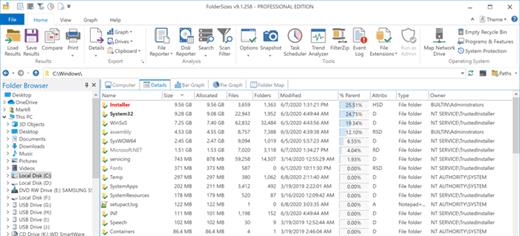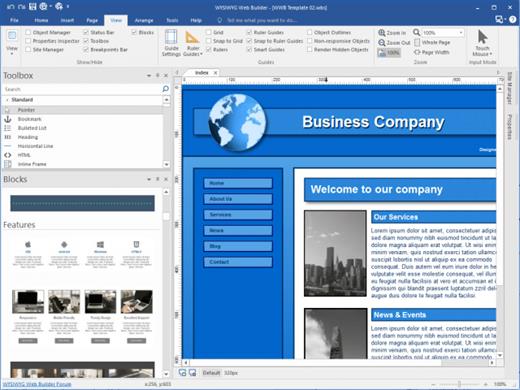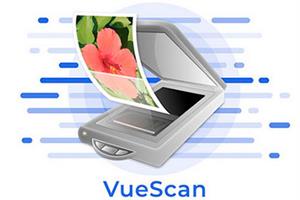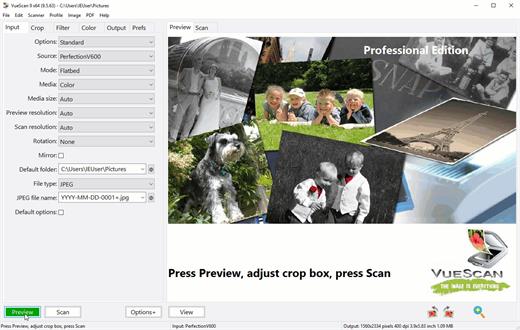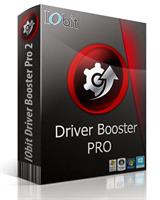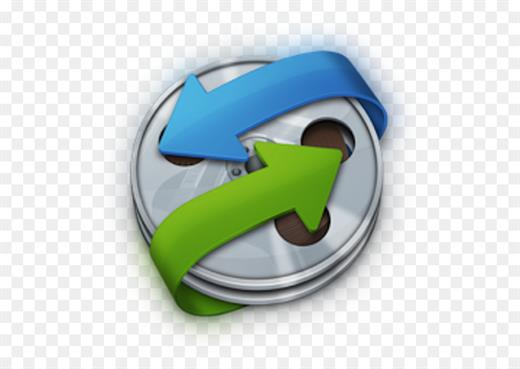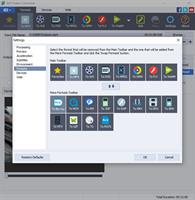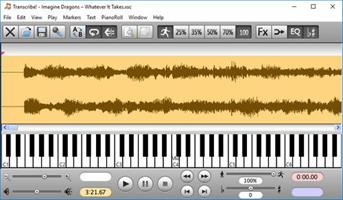
Description: The Transcribe! application is an assistant for people who sometimes want to work out a piece of music from a recording, in order to write it out, or play it themselves, or both. It doesn't do the transcribing for you, but it is essentially a specialised player program which is optimised for the purpose of transcription. It has many transcription-specific features not found on conventional music players.

It is also used by many people for play-along practice. It can change pitch and speed instantly, and you can store and recall any number of named loops. There is some advice about this in Transcribe!'s help, under the heading "Various Topics".
And it is also used for speech transcription. With its support for foot pedals and its superior slowed-down sound quality, it is an excellent choice for this purpose. There is some advice about this in Transcribe!'s help, under the heading "Various Topics".
Conventional music players (whether hardware such as a CD player or an iPod, or software such as Windows Media Player or iTunes) are really designed for people who want to listen to whole tracks. They are very inconvenient for transcribing music as they are not designed for this purpose. If you copy the recording to your computer's hard disk as a sound file then you can use Transcribe! instead. Transcribe! offers many features aimed at making the transcription job smoother and easier, including the ability to slow down music without changing its pitch, to analyse chords and show you what notes are present, and the capability of adding markers and textual annotations so you can easily navigate around the track. Transcribe! also has a piano keyboard displayed on screen which you can click to play reference notes.
It is important to understand that Transcribe! does not attempt to do the whole job, processing an audio file and outputting musical notation or midi - this would be nice, but is a currently unsolved research problem. The spectrum analysis feature is very useful for working out those hard-to-hear chords, but you must still use your ear and brain to decide which of the peaks in the spectrum are notes being played, which are merely harmonics, and which are just the result of noise and broad-spectrum instruments such as drums. If you have never worked out even a simple piece of music by ear then Transcribe! will probably not help you (see How to Transcribe), but if you do sometimes work out recorded music by ear then Transcribe! can make the job a lot quicker and easier.
If you are working from a video file then Transcribe! will display the video too. You may need to convert the video to a suitable format first, and install QuickTime if you are on Windows (it's a free download).
Transcribe! takes no interest in MIDI files - these already contain explicit information about what notes are to be played and when, and there are plenty of programs available which can display this information. Transcribe! deals with audio sample data files.
Transcribe! plays and records audio files but it is not an audio editor. It is capable of applying various effects to audio such as speed change, pitch change and EQ. You can save the modified audio to a new sound file if you want.
Transcribe! is available for Windows 2000/XP/Vista/7, Mac OS 10.3.4 - 10.7 (Lion) and Linux/x86/GTK.
Transcribe! is Copyright © 1998-2011 Seventh String Software.
You may download Transcribe! and use it for 30 days evaluation period for free. If you want to continue using it after that you must buy it.
What's Special About Transcribe!
There are a lot of software applications and hardware devices out there whose stated purpose is to help you to transcribe music (see this page). Almost all of them are in fact tools for slowing down the music without changing the pitch.
Transcribe! certainly does perform this trick but I have never regarded it as the main function of the program, and in fact version 1 of Transcribe! didn't even have this feature. I have done a lot of transcribing and I have always found that the most awkward and tedious part of the job is simply that of navigating around the track and controlling playback. On a CD or other conventional music player, the business of finding again the section you want to hear, of playing again the phrase you are working on, and generally knowing where you are, is a constant distraction from actually concentrating on the music.
Transcribe! displays the track as a scrollable waveform from left to right. You can place markers for sections, measures and beats, and you can label them with descriptive names and add textual annotations if you want. The markers identify the various points in the track and you can click on any point to play instantly from that point. There is a rich collection of keyboard shortcuts for controlling playback, and you can also use pedals for hands-free playback control. You will soon find that this allows you to concentrate on the music instead of concentrating on fiddling with the playback controls and wondering where you are. This may not sound very glamorous but if you actually do transcribe music then I think you will appreciate what I am saying.
Features
Depending on version, Transcribe! reads audio from many different types of audio file and audio CD. It also has a "Record" facility for recording from analog sources such as cassette or vinyl. It displays the audio waveform and allows you to scroll around, place markers for sections, measures and beats, and easily play or loop from any point.
Transcribe! can also display the video synchronised to the audio for many video files.
Loops and positions can be stored and recalled. There are many keyboard shortcuts and you can configure these as you like. You can configure Transcribe! to respond to pedals of various types so as to keep your hands free : start and stop playback with your feet!
There is extensive and readable help accessible from within the program.
The "spectrum" feature displays the strength of the various pitches in any chord or note you select, in the form of a graph - a wavy line over a piano keyboard graphic. The height of the various peaks in the graph indicate the strength of the note above which the peak appears. This is not a magic bullet for analysing chords but it can be a very useful source of information.
Transcribe! will perform "note guessing" and "chord guessing" - that is, it will attempt to interpret the spectrum information for you, marking the notes being played on the piano keyboard, and attempting to name the chords (in standard form such as "Am", "E7#9", etc). Note guesses can be displayed in "piano roll" form, showing the guesses over time, aligned to the waveform view.
Transcribe! supports Automation (or Scripting). You can run Transcribe! automatically from commands in a file, perhaps to process a number of sound files, saving them at different altered speeds, or to instruct Transcribe! to play various sound files with various effects.
Transcribe! offers various audio processing effects (Slowdown, Pitch Change, EQ filtering etc) intended to help with transcribing. These effects all run in "real time" unless your machine is old & slow. This means there is no pre-processing or other waiting, the processing is performed on-the-fly while playing and you can instantly hear the effect of changes to EQ etc. For instance if you press the half-speed button while playing then playback simply continues, at half speed.
Release Name: Transcribe! 9.30.2 (x64)
Size: 58.8 MB
Links: HOMEPAGE – NFO – Torrent Search
Download: FiKPER – UPLOADGiG – NiTROFLARE – RAPiDGATOR





